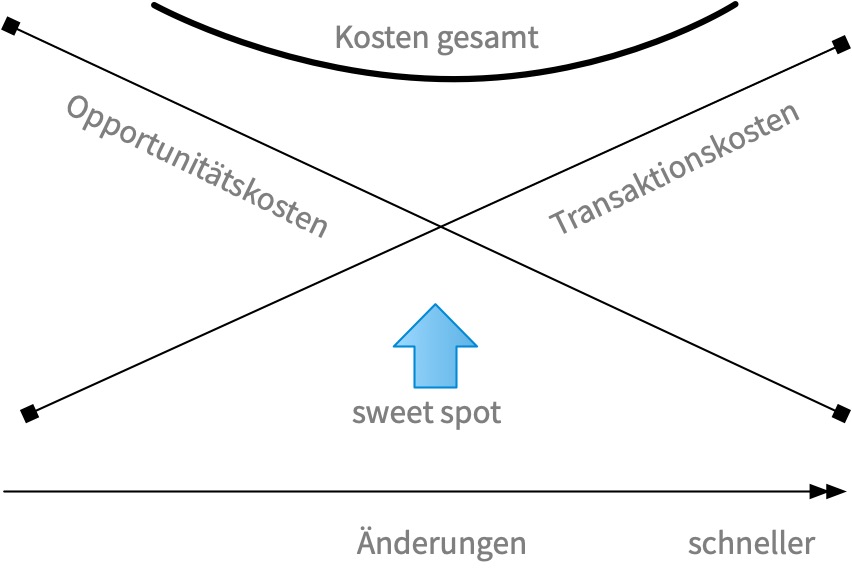Flow or silo – the structure of an organization
Most organizations talk first about the organizational structure or hierarchy and structural units or silos. The most important goal here is efficiency and resource utilization….
Most organizations talk first about the organizational structure or hierarchy and structural units or silos. The most important goal here is efficiency and resource utilization, and for many years that was almost the only consideration. The reason for this is simply that it is an optimal structure when markets and environmental conditions change slowly.
As this has changed, another principle has taken on ever-increasing importance: flow or process organization. When a workflow is spread across multiple departments, there is a need for coordination at each departmental boundary and thus a limit to how quickly changes can be implemented. So if you make process organization the dominant principle, you tend to value the speed at which you can implement changes over cost optimization and resource utilization.
A question of cost
It is, as so often, a question of costs – where it makes sense to include the types of costs that are most affected by the decision: the opportunity costs, especially the costs of missed opportunities due to too long a time to implement changes versus the transaction costs, especially the costs incurred each time a change is made.

In other words, yes, being faster reduces latency and reduces the risk of missing out on business, but it comes at a cost.
In addition to this sweeping consideration, one can develop a few more criteria that place the two basic ideas side by side. Mind you, these are not either-or decisions, but questions of balancing.
The target system
First, we want to trace the question of which problems the respective approaches solve, i.e. what they want to be measured against:
| Silo | Flow |
|---|---|
| Utilization is the key KPI when it comes to costly resources. | Flexibility counts all the more when requirements change quickly and when response time becomes important. |
| Costs Cost optimization is closely linked to standardization and economies of scale. They are also an important driver for standardization and series production. | Cycle time is rightly one of the key metrics in the lean universe. It is also a powerful tool for identifying optimization potential. |
Open questions
If one looks at the priorities from the other side, i.e. tries to name the deficits, some aspects become even clearer:
| Silo | Flow |
|---|---|
| Lead time Different planning bodies need a lead time for coordination | Consistency Tracking consistent goals across the organization requires centralized targets or agreements. This leads to a hierarchy in larger organizations to keep the communication effort under control |
| Agility/ reaction time Coordination effort when a workflow crosses departmental boundaries. | Skill When people with the same competences are scattered in different cross-functional teams, it must be ensured that further development and the sharing and adoption of experiences (i.e. also standardization) are driven forward. |
How does the structure scale
| Silo | Flow |
|---|---|
| Find the kidney It’s a catchy phrase from the SAFe framework. He says it’s sometimes hard to find the value streams in a large organization with many products and shared services. | Network of flows On a larger scale, there are several value streams or flows, with different cycle times and again complex dependencies. A major challenge is to simplify these relationships with the guiding principle of looking at the entire process end-to-end. |
It turns out that one of the decisions with the most profound consequences, the one about the structural orientation of the organization, is not so easy to make. It is not the question of good and evil that it is sometimes stylized as.